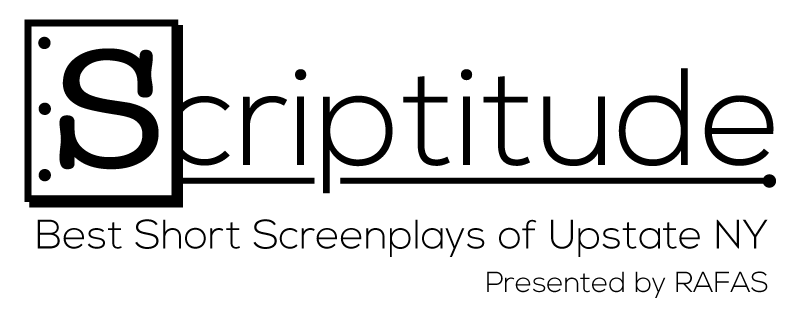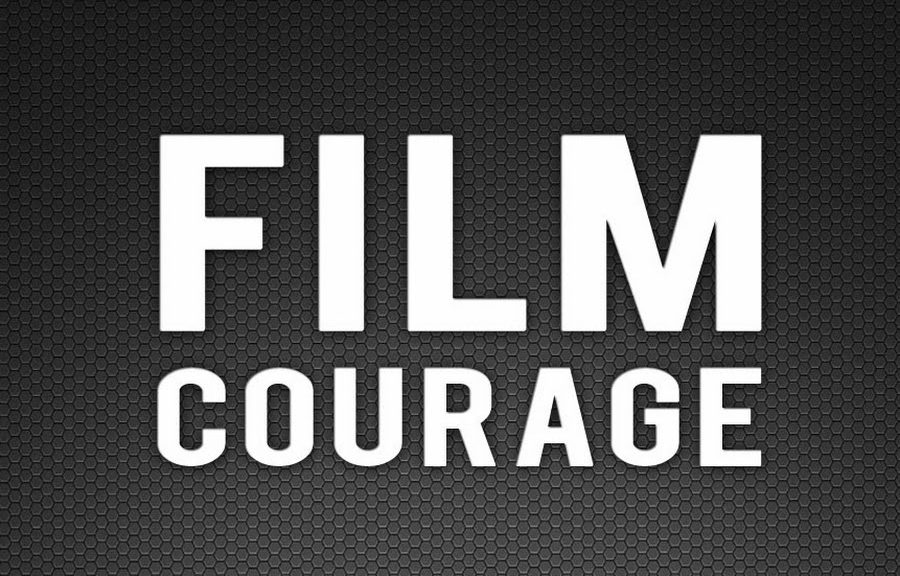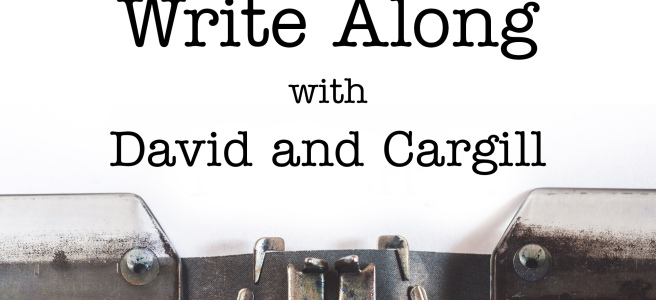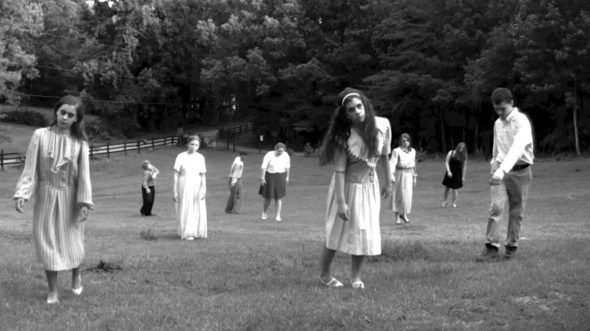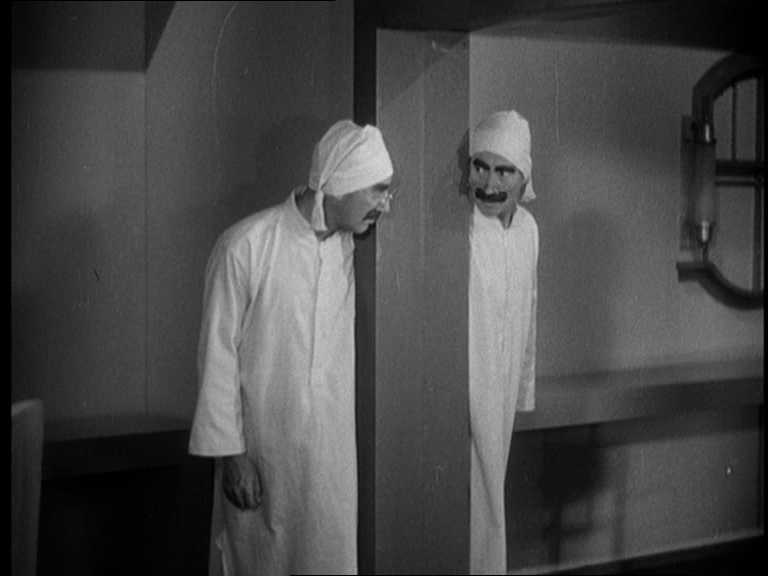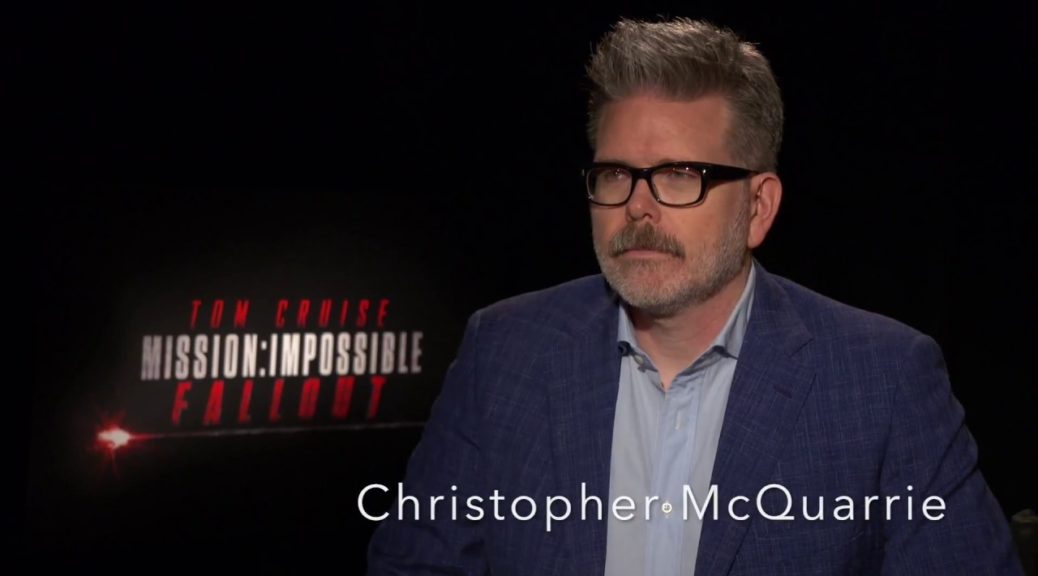Announcing SCRIPTITUDE: Best Short Screenplays of Upstate NY
ATTENTION SCREENWRITERS!
The Rochester Association for Film Arts and Sciences presents a short script competition open to all residents of upstate NY. Enter to win one of three copies of FINAL DRAFT, as well as a table reading of your script by experienced actors before a live audience.
This is a great opportunity to hear your work and the scripts of other writers performed by dedicated actors!
Write something new, or fix up a screenplay you’ve had in the drawer. But don’t delay! Deadline for entry is February 28. Table reading will be scheduled for an evening in April.
AWARDS AND PRIZES
Each screenplay submitted will receive a written critique of their work. First, second, and third place winners will have their screenplays presented at a public table read at the Wegmans Magic Spell Theater at the Rochester Institute of Technology. In addition, the three winners will receive a copy of Final Draft 11.
ENTRY FEE
The cost for each entry is $25. Proceeds go to Rochester Association for Film Arts and Sciences, a not for profit educational corporation run entirely by volunteers.
RULES
For full rules, see our listing at https://filmfreeway.com/scriptitude
For more about the Rochester Association for Film Arts and Sciences, visit http://rafasny.org
SCREENWRITING QUESTIONS?
RAFAS is an educational organization, and we believe in sharing our knowledge with those interested in all aspects of filmmaking. Through the Rochester Writers Workshop, we meet with writers and discuss screenwriting in depth. If you are in the Rochester area, come to one of our Wednesday night meetings! Details are at https://www.rwwny.org
Deadline for Entries is February 28, 2019
Submit your screenplay PDF at https://filmfreeway.com/scriptitude
